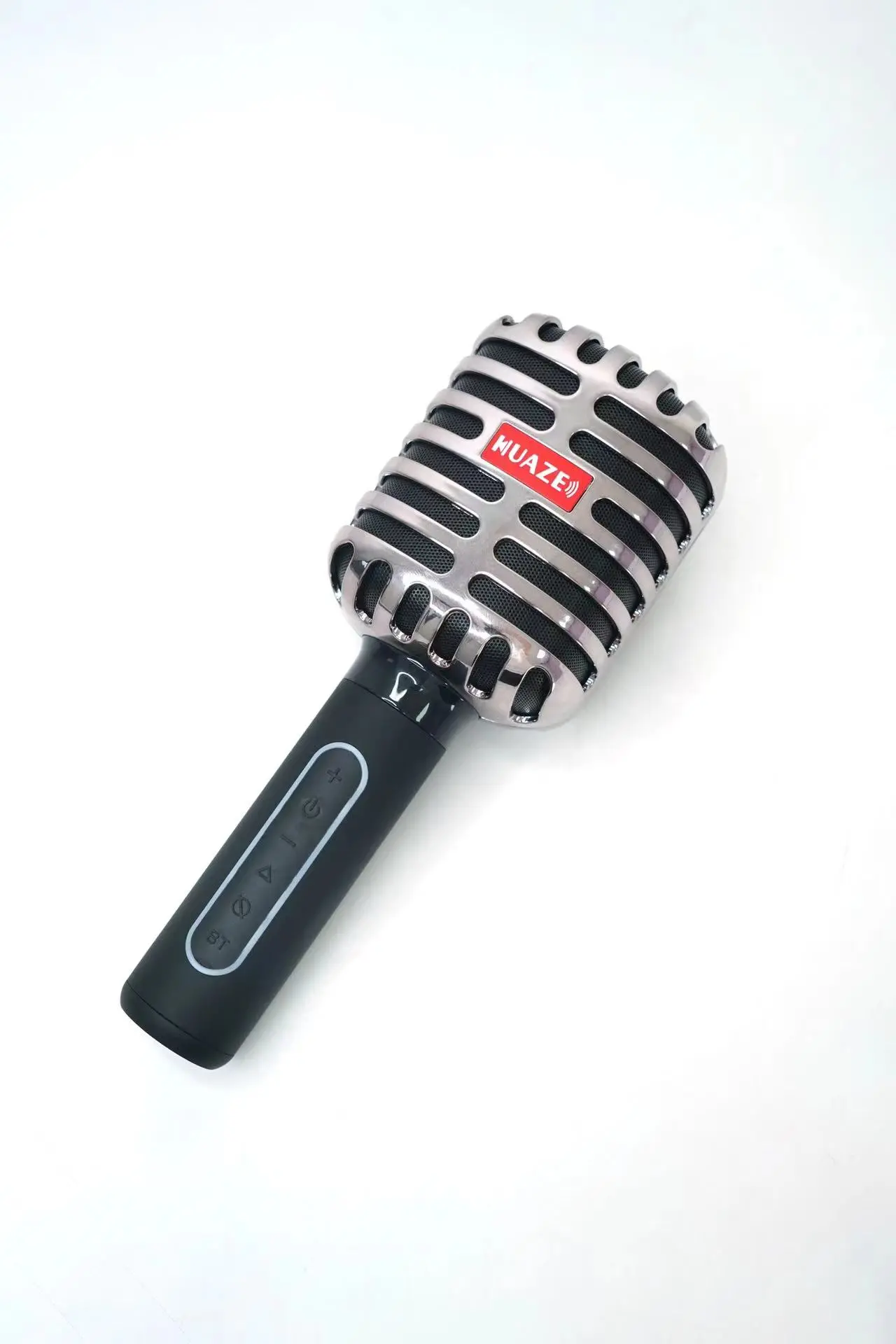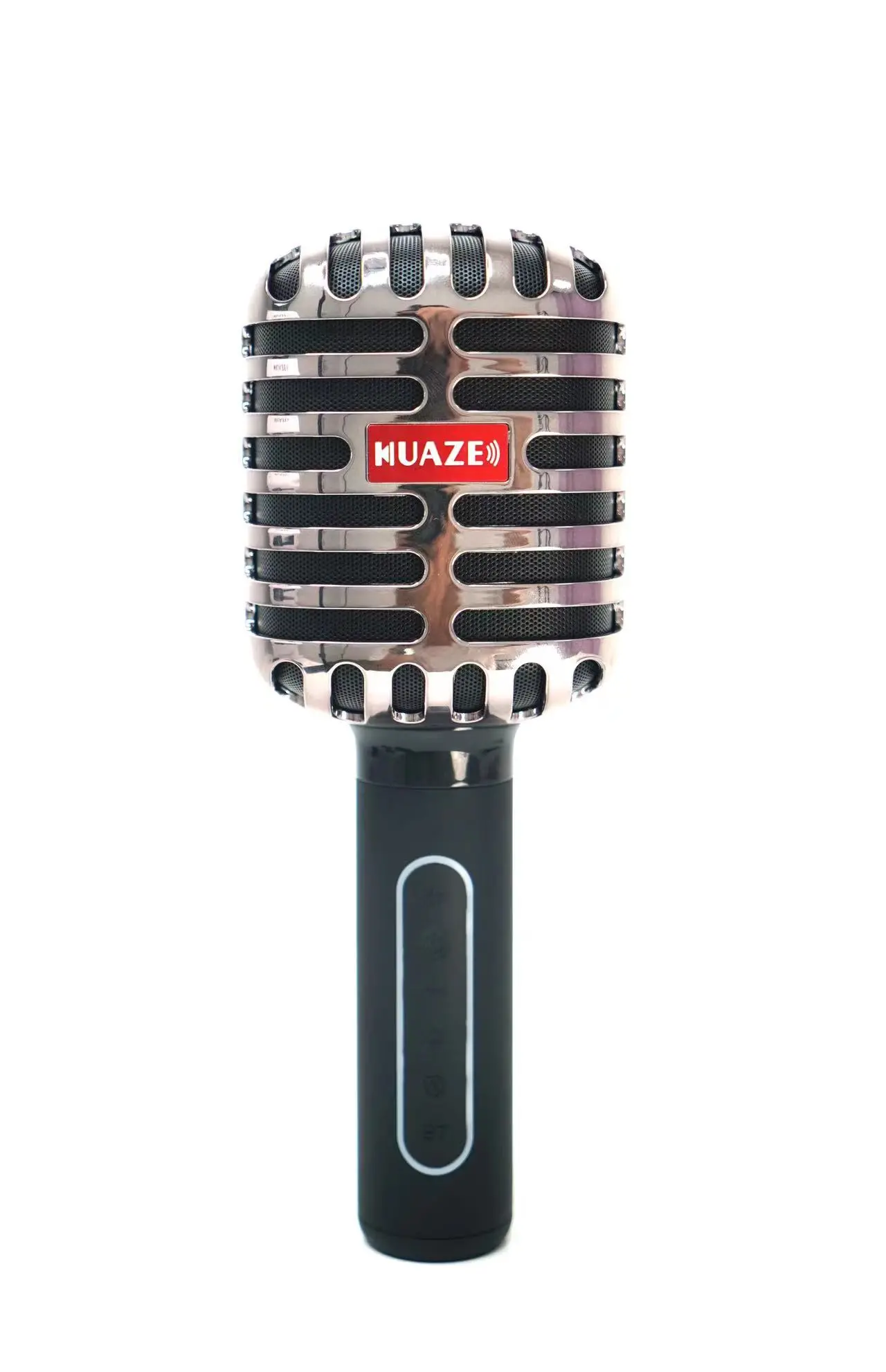In the use of the car, different noise has always accompanied us. What are the main noise sources of automobiles then? It comes from the following three aspects mainly:
- The sound of the engine.
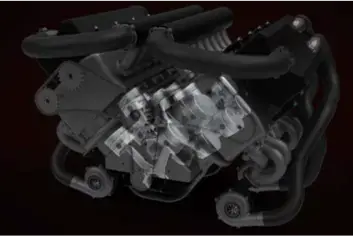
- Road noise caused by tire and road surface.

- Wind noise generated by vehicle body when driving.
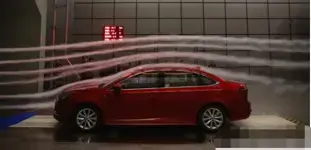
For years, many automobile manufacturers have been making great efforts to isolate these noises. First, let’s have a look at the ways to eliminate/decrease noise.
- Physical noise reduction
Through the improvement of vehicle design and materials, the noise inside the car is decreasing. The specific way is to reduce engine vibration, use silent tires, and install sound insulation cotton on the engine cover, or wrap the pipeline and wiring harness of air conditioning with sound insulation cotton. Increase the overall sealing of the vehicle, reduce the sound gap of four doors, and increase the sealing of the butt joint, such as adding sealing strips on the door frame, installing sound insulation cotton inside the door panel. - Active sound management technology: ANC & RNC
The noise signal is picked up actively, and the reversed electrical signal is generated by DSP algorithm. The purpose of noise reduction is achieved by counteracted sound waves generated by loudspeakers in the car.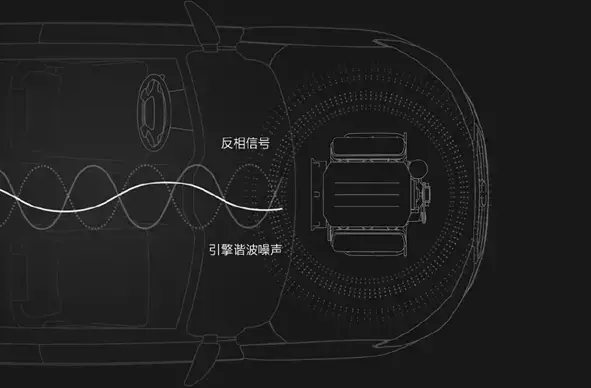
As mentioned above, active noise reduction actually has become one of the main means of vehicle noise reduction nowadays. ANC and RNC have become the mainstream in active noise reduction techniques. In this process, the pick-up of noise source is a crucial factor. It directly affects the accuracy of DSP algorithm and the final noise reduction effect.
Compared with engine noise or other noise, road noise reduction is more complex, because, the tires will have a certain impact on road noise despite of different road conditions, and road noise acquisition is more difficult than engine noise. In this application, Huaze has developed a pickup device specially designed for road noise—Digital vibration transducer.
3D Drawing
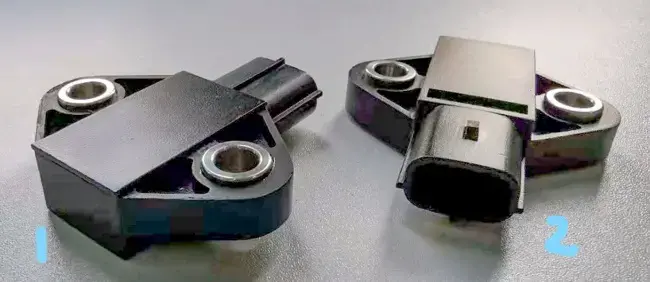
- A2B triaxial vibration transducer
- Loop Ethernet triaxial vibration transducer
This two transducers is with same product dimensions, which is a kind of ultra-low noise, low delay, designed to solve the problem of vehicle unsafe use, especially the vibration monitoring of ANC/ RNC band active noise control, with detailed features below:
- Ultra-low noise:(typ:30μg/√Hz for X and Y axes;50μg/√Hz for Z-axis)
- Wide range: 1~2.4kHz
- Measurement range(user can choose): ±85/±7.7g
- Comply with AEC-Q100 vehicle certification
- TDM(8/16/24 kHz)
- Signal output format: A2B or Loop Ethernet
- Waterproof grade: IP67
Frequency Response Curve
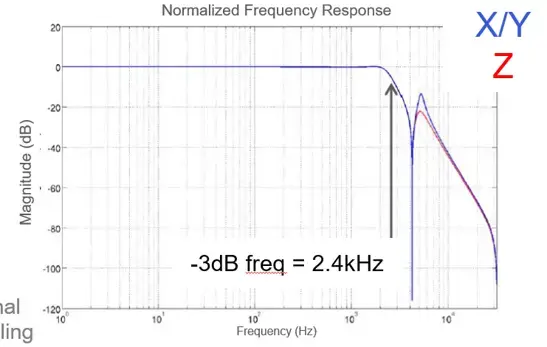
Block Diagram
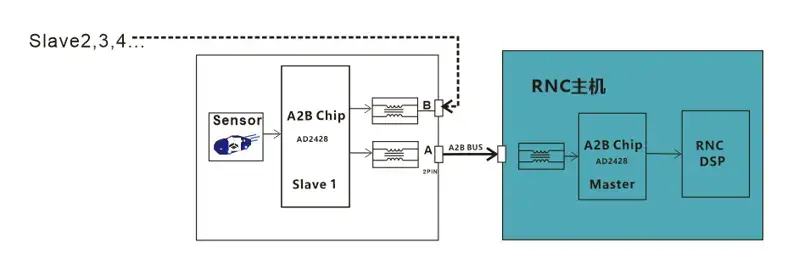

Electronic Parameters
|
Items |
Value |
|
Frequency Response Range |
1 ~ 2.4kHz |
|
Working Temperature |
-40℃~+85℃ |
|
Storage Temperature |
-40℃~+90℃ |
|
Test Range |
≥ ±7.7 g |
|
Sensitivity |
-17.73dBFS/g |
|
Broadband Resolution |
≤ 0.001 g(RMS) |
|
Amplitude Linearity |
≤ 1% |
|
Installation Resonance Frequency |
≥ 5kHz |
|
Working Voltage |
8V±10% |
|
Working Current |
≤20mA |
|
Waterproof Grade |
IP67 |
